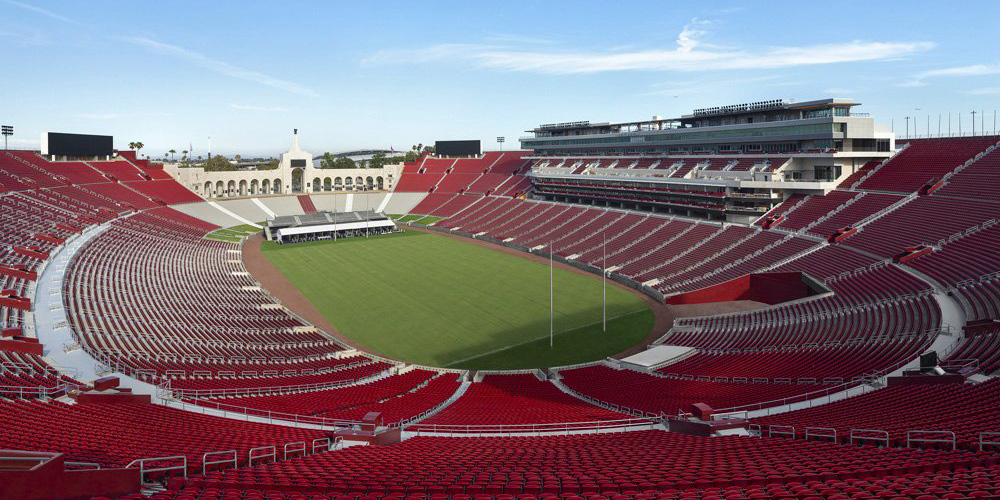Britain was once a class-ridden society. Today, multiculturalism and a changing economy are gradually eroding the British class system, but some features of the system still remain.
What is Class?
Sociologists define social class as the grouping of people by occupations. Doctors and lawyers and university teachers are given more status than unskilled labourers. The different positions represent different levels of power, influence and money. In days gone by your class would affect your chances of getting an education, a job, etc. and it would also affect the people who you could socialise with and marry. Today this type of thing is all-but-gone with the high-profile exception of the Royal family.
The British Social Class System
The British society has often been considered to be divided into three main groups of classes:
- the Upper Class. Often people with inherited wealth. Includes some of the oldest families, with many of them being titled aristocrats.
- the Middle Class. The majority of the population of Britain. They include industrialists, professionals, business people and shop owners.
- Lower or Working Class. People who are agricultural, mine and factory workers.
The British Class System today
Although some people in the UK still refer to themselves as “working-class”, “lower-middle” or “upper-middle” (and of course there are those who think of themselves as the “elite” class), to the majority of the British the meanings don’t seem to matter much these days.




This Post Has 0 Comments